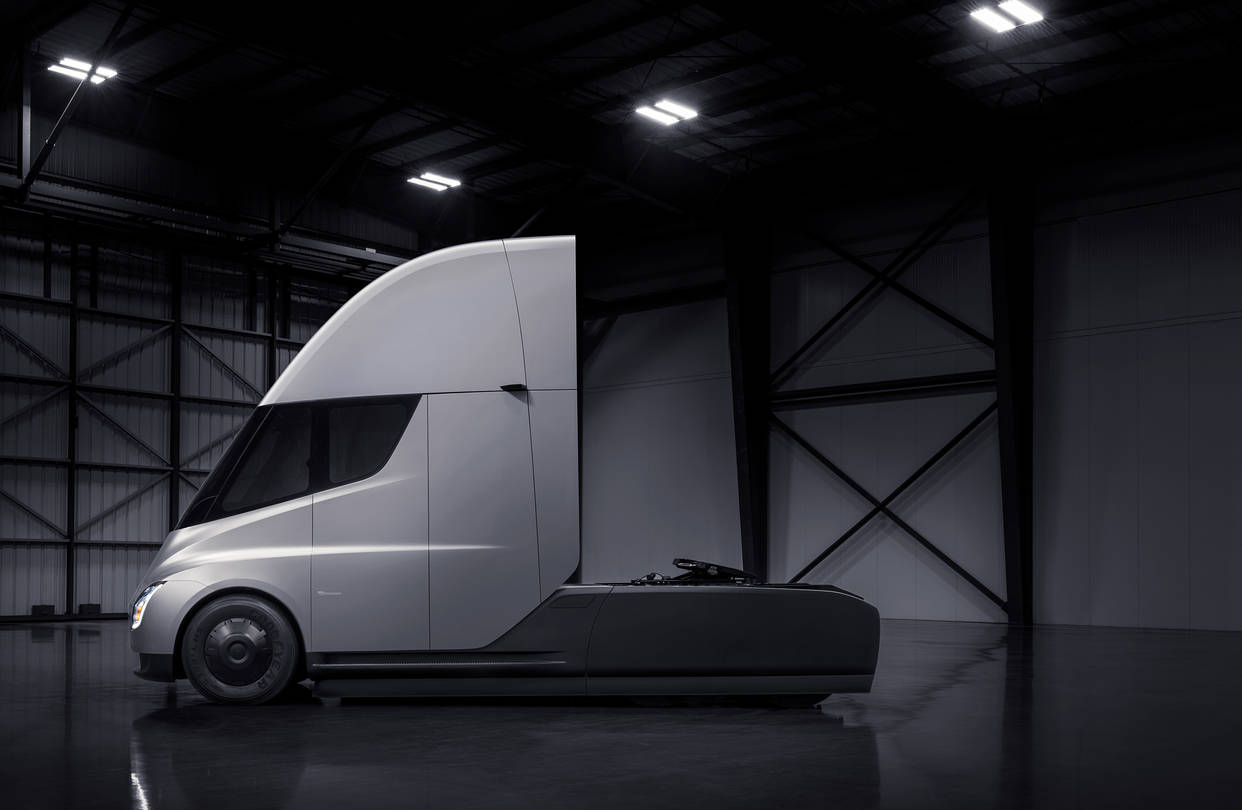


Over the last few years, logistics has gone through a massive transformation due to changes in customer demands and technological innovations. Companies need to deliver their products faster than ever before, at a low cost, in a sustainable way. Rapid changes, new demands and the growth of e-commerce are forcing shippers and carriers to build better relationships to optimize their operations. Let’s take a look at some of the key logistics trends for 2020 and beyond.
Digitalization
Now there are many connected devices in trucking when fed through software, can have valuable data extracted in just a few simple steps. This software can provide everything from simple load listing/tracking to advanced instant load/carrier selection, pricing and bidding functionality based around that aggregated data. Using such technology, the logistics service provider can produce details about shipping capacity and nearest-route availability incorporating “immediate status/location” of transport. These parties are generally selected based on historical data such as past experiences working with that same carrier. An old business saying goes “Don’t work harder, work smarter!”. To succeed, digital freight marketplaces must equal or surpass the performance characteristics that shippers have become accustomed to, and expect from traditional methods.
Mobile app logistics solutions
Mobile app logistics are meant to smooth the operations and address the ever-changing needs of the supply chain and logistics sectors. The main benefit of a mobile app is that you can customize it to suit the needs of your business, or find a logistics app that helps you with your specific needs. For instance, a mobile app can record all the data related to fleet management, helping you assign the app to the driver of the vehicle and manage the fleet with a comprehensive solution. Also, you could streamline your warehouse management with an app and increase your visibility over your assets.
Logistics networks
Supply chain networks are connecting logistics parties more tightly, noting that the industry is transitioning from legacy point-to-point EDI networks to real-time, API, collaborative networks. At the same time, new "specialty" networks have emerged that connect parties and that also integrate into the larger networks. These include real-time freight visibility; Internet of things networks for tracking assets such as containers, pallets, and unit load devices; and capacity networks.
Logistics Safety
The way we know these bottlenecks became serious was seen through companies suddenly making logistics safety their priority. With greater connectivity and more robust data, concerns over logistics safety and cyber-security came to the forefront. Customer data faced new challenges, and enhanced data richness gave drivers and fulfillment professionals new corners to cut, posing a challenge to safety.
Analytics and AI
The capacity to break down information with increasingly advanced (and open) apparatuses, including AI, will make a flood of better basic leadership for some organizations—a definitive response to the requirement for more prominent supply chain dexterity. The new, changing trends in the technology industry will surely bring many consequences for the logistics sector. Shifting consumer patterns and innovative transportation management methods will have an impact on how goods and assets are stored and transported. At the same time, these new logistics technology trends will bring changes in regulation, competition, and costs as markets become more centralized and supply chain rules start changing towards technology-centric logistics models.
Read more at Transmetrics.
561-295-1777